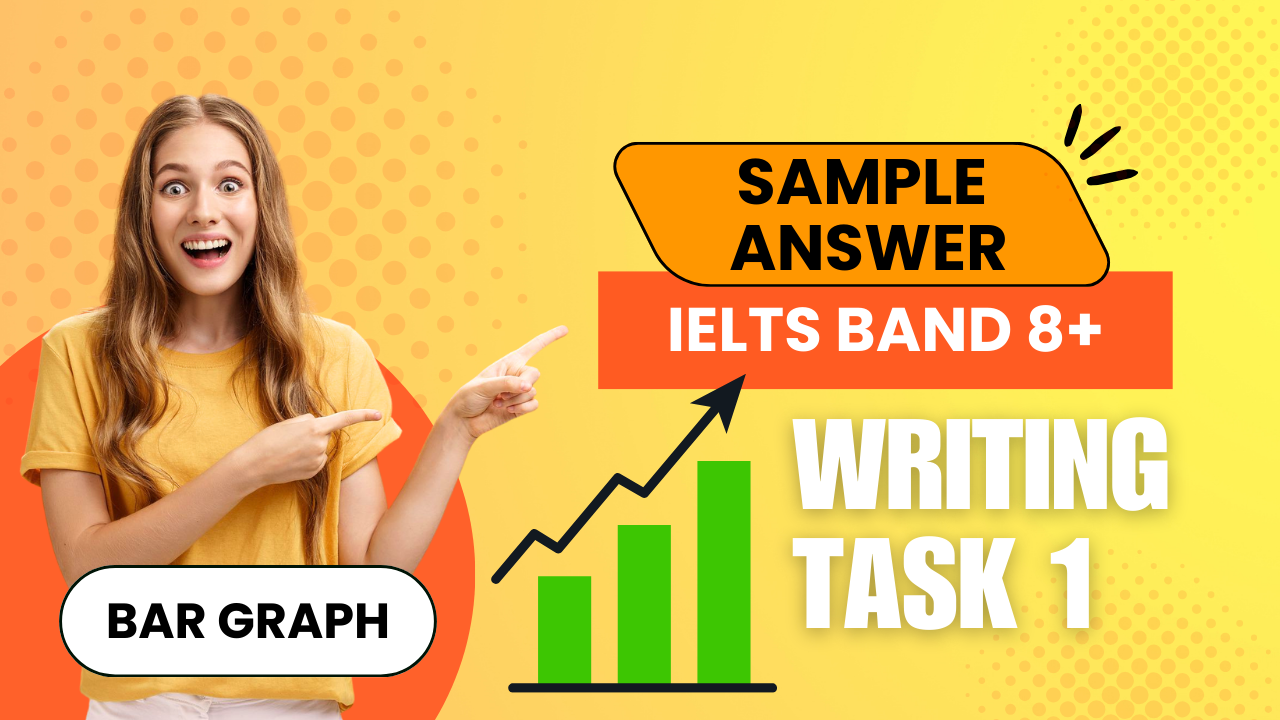IELTS WRITING TASK 1: “PIE CHARTS” SAMPLE ANSWERS
GENERAL INSTRUCTIONS
Report Writing: You need to describe and summarize the visual information accurately.
Word Limit: 150 Words (You must write at least 150 words.)
Suggested Time Limit: 20 minutes (You should spend about 20 minutes on this task.)
Let’s understand how to attempt a Pie Chart with these sample answers:
You may get a single or multiple pie charts in your Writing module, so you should prepare accordingly.
Firstly, to understand how to attempt a Pie Chart, please refer to this blog post:
PIE CHART FORMAT & EXPLANATION
The pie chart depicts the information in terms of market share percentages about the distribution of smartphone brands in the global market in 2023.
Overall, it is evident that Brand A holds the largest market share, while Brand D has the smallest share among the major smartphone brands.
Taking the data into consideration, it can be clearly observed that Brand A dominates the market with a significant share of 40%. This is followed by Brand B, which holds 30% of the market. Brand C comes next with a 20% market share. These three brands together account for 90% of the global market, indicating their strong presence and consumer preference.
Further elaborating the data, it is crystal clear that Brand D has the smallest market share at 5%. Additionally, other brands combined make up the remaining 5%, which suggests a highly concentrated market with a few leading players dominating the scene. The minimal market share of Brand D and other brands highlights the challenges they face in competing with the top three brands.
SAMPLE ANSWER 1:
WRITING TASK 1
You should spend about 20 minutes on this task.
The pie chart below shows the market share of different smartphone brands in the global market in 2023.
Summarize the information by selecting and reporting the main features, and make comparisons where relevant.
Write at least 150 words.
INTRODUCTION
OVERVIEW
BODY PARAGRAPH 1
BODY PARAGRAPH 2
With these sample answers, I hope you gain valuable insights into how to write about a pie chart. If you have any further questions, please feel free to contact us anytime.
Helpful Resources: To practice for IELTS Academic Writing Task 1, you can use these top books as references to score higher bands:
BOOK 1: IELTS Academic Writing 2024 – Latest Graphs & Essays
BOOK 2: IELTS – Academic WRITING Tasks 1 & 2
BOOK 3: IELTS – The Complete Guide to Task 1 Writing
I truly hope this information helps you!
WRITING TASK 1
You should spend about 20 minutes on this task.
SAMPLE ANSWER 2:
The pie charts below show the distribution of different energy sources (Coal, Natural Gas, Nuclear, Renewables, and Others) in four countries (USA, China, Germany, and India) during the year 2020. Summarize the information by selecting and reporting the main features, and make comparisons where relevant.
Write at least 150 words.
The pie charts depict the information in terms of the distribution of different energy sources (Coal, Natural Gas, Nuclear, Renewables, and Others) in the USA, China, Germany, and India during the year 2020.
Overall, it is evident that the reliance on coal as an energy source is prominent in China and India, while the USA and Germany have a more diversified energy mix with significant contributions from nuclear and renewable sources.
Taking the data into consideration, it can be clearly observed that China and India have a high dependence on coal. In China, coal accounts for the majority of energy consumption at 55%, followed by natural gas at 20%, renewables at 15%, nuclear at 5%, and others at 5%. Similarly, in India, coal makes up 45% of the energy mix, natural gas 25%, renewables 20%, nuclear 5%, and others 5%.
Further elaborating the data, it is crystal clear that the USA and Germany have a more balanced energy portfolio. In the USA, natural gas is the leading energy source, constituting 40% of the total, followed by coal at 25%, nuclear at 20%, renewables at 10%, and others at 5%. In contrast, Germany has a significant reliance on renewables, which make up 35% of the energy mix, followed by coal at 30%, natural gas at 20%, nuclear at 10%, and others at 5%.
By comparing these countries, it becomes evident that the USA and Germany are making more substantial efforts to incorporate renewable and nuclear energy into their grids, whereas China and India still heavily depend on coal.







